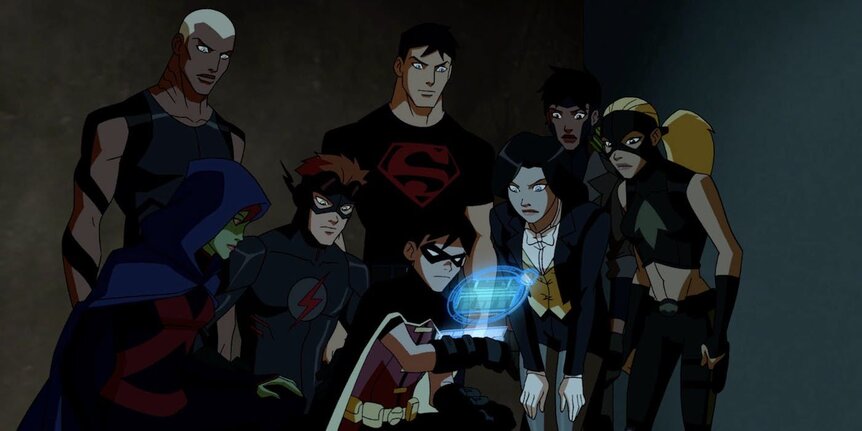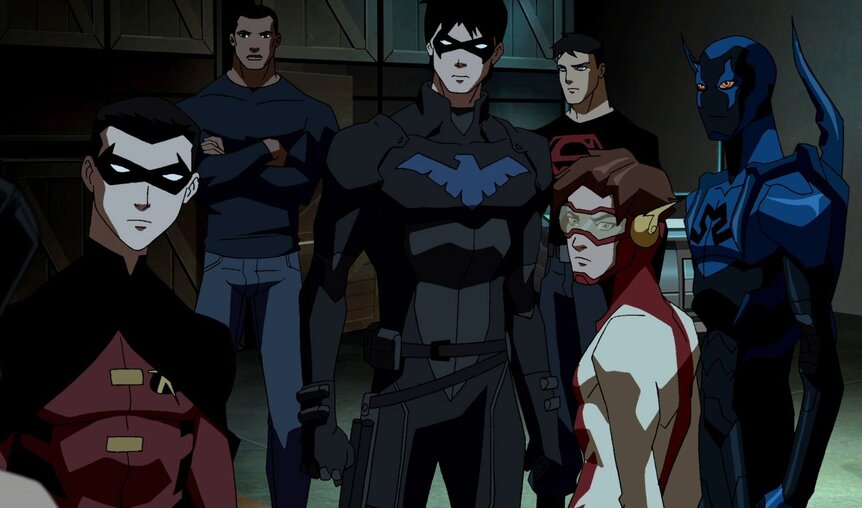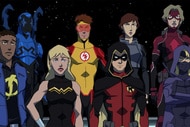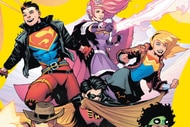Create a free profile to get unlimited access to exclusive videos, sweepstakes, and more!
DC's Young Justice keeps pressing fast-forward for a very good reason
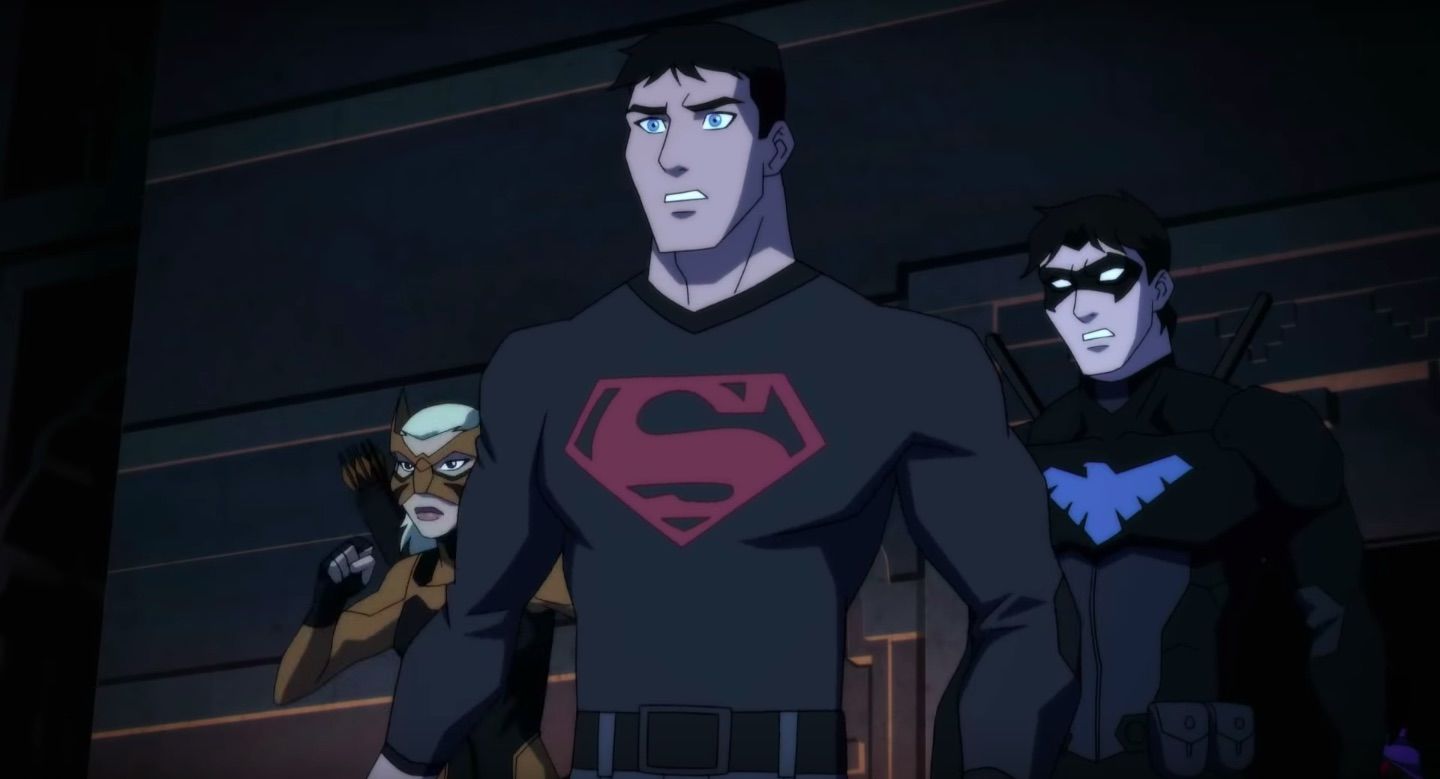
Over the course of three seasons, Young Justice has covered eight years of conflict, invasions, and outright war, spanning at least three generations of DC superheroes. The series, which returned this year for a triumphant third season due to fan protest, has used time as a storytelling device since its inception; time stamps track the Team's missions minute by minute and time travel is a significant part of each season's progressions.
The beginning of Season 2 jumped five years into the future. Suddenly, the original Team was all grown up and new faces had joined the fight. At the time, many fans weren’t exactly happy with this significant time jump. In fact, some were downright angry.
Casual fans were confused by the more significant, comics-accurate changes — for example, Dick Grayson had, in those intervening years, left Robin behind and adopted the Nightwing mantle with seemingly no explanation. More hardcore fans lamented the stories lost in the shuffle. All they got were bullet points: between Seasons 1 and 2, Superboy and Miss Martian had broken up, a new generation of heroes had joined the Team, and aliens had invaded Earth. The time jump changed a significant amount of the world fans had come to know and love.
Series producers and co-creators Brandon Vietti and Greg Weisman told SYFY WIRE they had anticipated the backlash when they initially decided to use time jumps as a storytelling device.
"Some people weren't cool with it," Vietti confirmed. "It was a mixed reaction, but I think it's because people weren't used to it. I think it throws people because they enjoy the linear aspect of most stories, because you get to stay with somebody for a long period of time."
But that's never been the story Vietti and Weisman were trying to tell. The pair always intended Young Justice to be a kind of coming-of-age story, one that develops and grows along with its characters. To show any significant growth, for the characters to learn from their mistakes and move forward, you need to stretch the narrative over an amount of time a perfectly linear show just can't hack.
"From our very early days, we were very interested in trying to incorporate time jumps so that we can really start some characters down a path, get them to a comfortable place in the story, and then jump ahead to see how far they've grown and what they've learned," Vietti said.
Weisman throws out Dick Grayson as an example. At the beginning of Season 1, he's 13 years old and cackling as he breaks the rules. By Season 2, he's 18 and leading the Team as Nightwing. At the beginning of Season 3, he's 22 and a bit embittered by what life has thrown his way, but wiser for it.
"We couldn't have shown this tremendous growth otherwise," Weisman said. "So it was kind of inherent in the idea of the show to show all these characters age up and have all these new characters come in and become their proteges. That's part and parcel of what we were trying to do in the first place."
The show, they say, is ultimately about generations.
"I think the DC Universe — because it's been around so long — lends itself very well to that idea," Vietti said. "And it's something that we really wanted to explore in animation because it's something that we hadn’t really seen done a lot before. We thought it would also just give our show a unique vibe, really standing against all the other great superhero shows at Warner Bros."
Some fans were fine with the jumps from day one — after all, we wouldn't ever have gotten a Jason Todd and Damian Wayne cameo in Episode 6 without all these time jumps. That kind of maneuverability results in Young Justice being far more vast than any other previous series of its kind.
As the series has gone on to tell more complex stories and weave in rarer onscreen characters, Vietti and Weisman think they’ve won most people over.
"I'm not saying everybody, but a majority of those people, by the time they finished Season 2, they understood why we did it and were really excited by what we had done and all the changes that were wrought by that time jump," Weisman said. "There's always going to be some people who aren't happy about that sort of thing. But I feel like from interacting with the fans, the majority of them, even if they were upset at the beginning, they came around to it."
